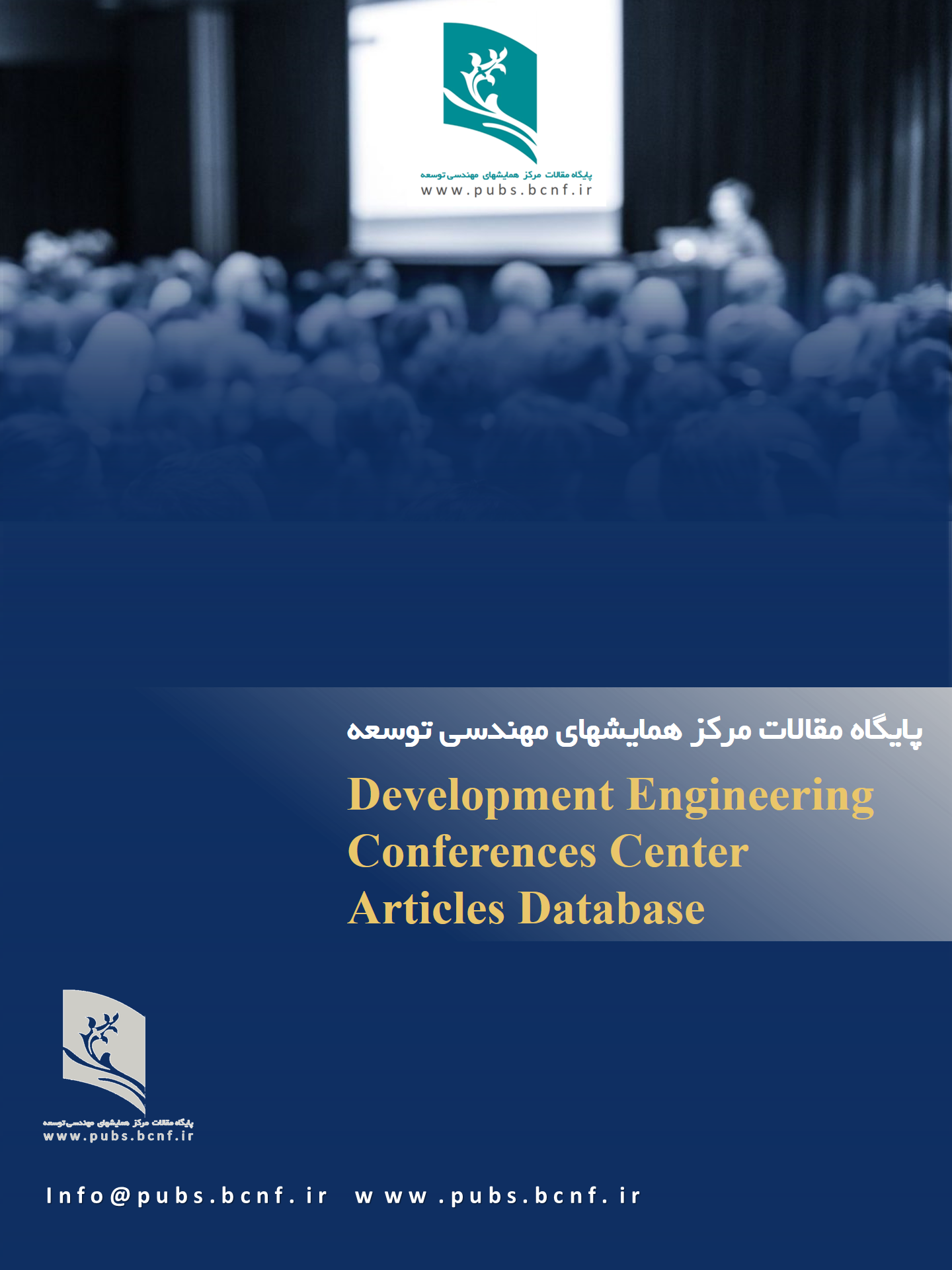The Effect of Tunnel Diameter and Project Area on The Productivity of Tunnel Boring Machines
Keywords:
Tunnel boring machine, Productivity factors, Tunneling projectAbstract
There has been an increasing trend in tunnel construction for the transportation of people, goods, and liquids. In order to ensure the success of a tunneling project, it is imperative for tunneling contractors to possess adequate information regarding the scope of work, project features, and characteristics of the ground in order to calculate the advance rate of a tunnel boring machine (TBM). The primary aim of this paper is to investigate tunneling case studies and literature in order to assess TBM productivity from the perspective of ground conditions, tunnel diameter, and project duration. The project data has been tabulated and the results are presented in this paper. The methodology employed for conducting the literature review utilized databases including ProQuest, Engineering Village, ScienceDirect, Google Scholar, and ASCE Library. Additionally, research was conducted on Tunnels and Tunneling International magazine, as well as websites of Tunnel Boring Machine manufacturers. The paper's findings indicate that conducting thorough ground investigations, such as utilizing pilot tunnels, can enhance the efficiency of tunnel construction operations. Various factors affecting productivity in construction projects include the compressive strength of rocks or hard ground, rock abrasivity, tunnel diameter, location of the project (urban or rural), and other variables identified in this study.
Downloads
References
[1] Fili, R., F. Bagherpoor, and K. Mohammadi Atashgah, Developing a new fuzzy inference model for warehouse maintenance scheduling under an agile environment. International Journal of Nonlinear Analysis and Applications, 2024. 16(1): p. 297-306.
[2] Ghousi, R., M. Khanzadi, and K. Mohammadi Atashgah, A flexible method of building construction safety risk assessment and investigating financial aspects of safety program. International Journal of Optimization in Civil Engineering, 2018. 8(3): p. 433-452.
[3] Atashgah, K.M., et al., A Development Model for Identifying the Uncertainty Sources and Their Impacts on Bridge Construction Projects. The Baltic Journal of Road and Bridge Engineering, 2023. 18(1): p. 140-166.
[4] Mohammadi Atashgah, K., et al., Developing a model for time-cost trade-off optimization problem considering overdraft issue in uncertain environments. Journal of Industrial and Systems Engineering, 2022. 14(3): p. 259-279.
[5] Jencopale, N., Improving productivity of tunnel boring machines. 2013.
[6] Najafi, M. and S.B. Gokhale, Trenchless technology: Pipeline and utility design, construction, and renewal. (No Title), 2005.
[7] Maidl, B., et al., Hardrock tunnel boring machines. 2008: John Wiley & Sons.
[8] Girmscheid, G. and C. Schexnayder, Tunnel boring machines. Practice periodical on structural design and construction, 2003. 8(3): p. 150-163.
[9] Rostami, J., TBM performance study for Jollyville Water Transmission main WTP4 tunnel project. TBM Consultant, State College, PA, 2011.
[10] Laughton, C., Evaluation and prediction of tunnel boring machine performance in variable rock masses. 1998: The University of Texas at Austin.
[11] Tarkoy, P.J., Simple and practical TBM performance prediction. Geomechanics and Tunnelling, 2009. 2(2): p. 128-139.
[12] Abd Al-Jalil, Y.Q., Analysis of performance of tunnel boring machine-based systems. 1998: The University of Texas at Austin.
[13] Rahm, T., et al. Advancement simulation of tunnel boring machines. in Proceedings of the 2012 Winter Simulation Conference (WSC). 2012. IEEE.
[14] Hegab, M., G.R. Smith, and O.M. Salem, Soil penetration modeling in microtunneling projects. Journal of construction engineering and management, 2006. 132(6): p. 598-605.
[15] Hasehmpour, H., K. Mohammadi Atashgah, and M. Karbalaei Rezaei, An investigation into the role of nano-silica in improving strength of lightweight concrete. European Online Journal of Natural and Social Sciences, 2014. 3(4): p. pp. 1058-1067.
[16] Ioannou, P.G., Geologic prediction model for tunneling. Journal of Construction Engineering and management, 1987. 113(4): p. 569-590.
[17] Pour, H.H., Study of Parameters impacting productivity of tunnel boring machines. 2017, University of Texas at Arlington.
[18] Toll, D., The role of a knowledge-based system in interpreting geotechnical information. Geotechnique, 1995. 45(3): p. 525-531.
[19] Oliphant, J., et al., ASSIST: a computer-based advisory system for site investigations. Proceedings of the Institution of Civil Engineers-Geotechnical Engineering, 1996. 119(2): p. 109-122.
[20] Atashgah, K.M., The impact of materials cost on the weight of concrete buildings.
[21] Likhitruangsilp, V. and P.G. Ioannou, Risk-sensitive decision support system for tunnel construction, in Geotechnical engineering for transportation projects. 2004. p. 1508-1515.
[22] He, X.-X. and Q.-M. Wu, Intelligent decision support system of type selection for tunnel boring machine. Journal of the China Railway Society, 2007. 29(3): p. 127-131.
[23] Abdallah, A., The use of exploratory tunnels as a tool for scheduling and cost estimation. Technological and Economic Development of Economy, 2007. 13(4): p. 280-287.



